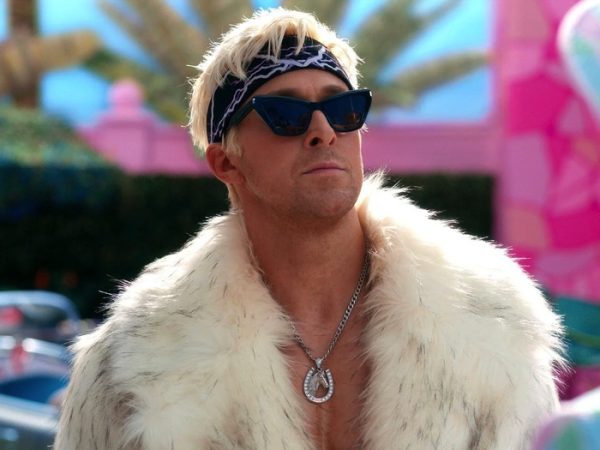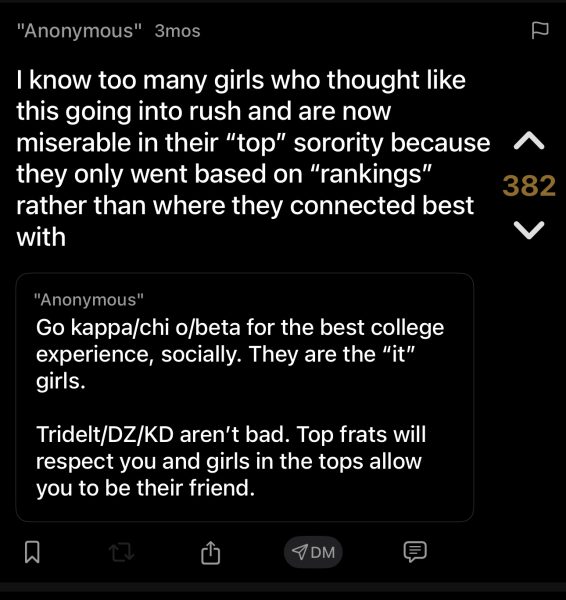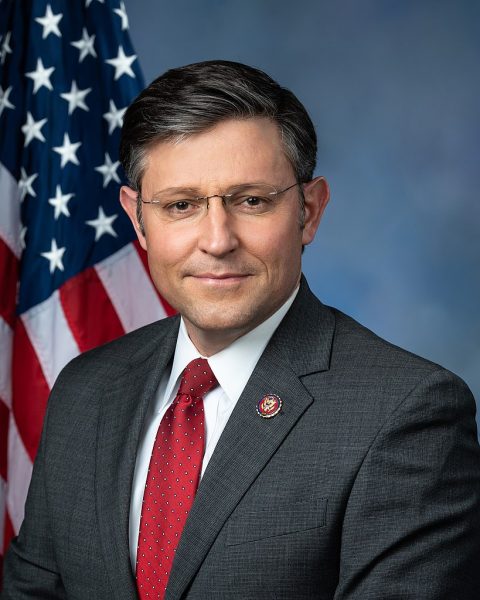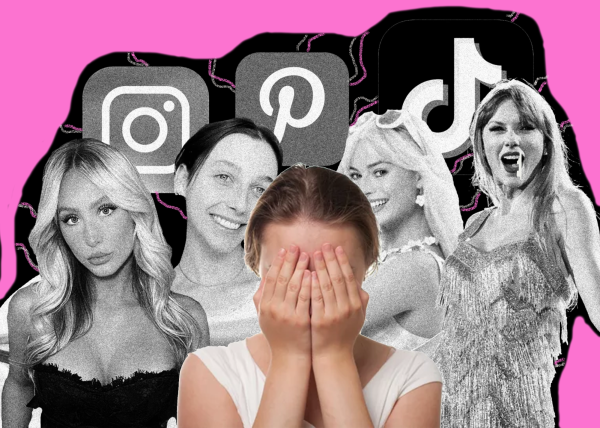Fatphobia rears its ugly head
The renewed prevalence of diet culture and weight-loss pills is dangerous
Courtesy of Clinical Trials Arena
Weight loss medications like Ozempic are back in vogue.
February 14, 2023
Dictated by celebrity influence and social media, body types have cycled through society just as fashion trends do. However, people have been slow to label this trend as what it really is — fatphobia. How is the new generation of young people supposed to grow up in an environment where standards of beauty seem to change daily? With body checks showing off one’s figure popping up on explore pages of TikTok, and fitness influencers constantly posting content telling people that they don’t look good enough, fatphobia has been on the rise. It has invaded so many of our society’s daily practices that it might seem normal for celebrities to take diabetes drugs as weight loss aids. This practice is far from normal, though, and it has started to cause widespread issues for people who actually need these drugs to survive.
Ozempic, or semaglutide, is used as a treatment for type 2 diabetes because it helps to regulate blood sugar, preventing it from skyrocketing to dangerously high levels. According to the Center for Disease Control, more than 30 million Americans have type 2 diabetes. Without insurance, Ozempic costs up to $200 a month, but as demand increases, and supply remains the same, the cost can increase significantly. Typically, this medicine is only available with a prescription, but as we know, celebrities and other wealthy people find loopholes in medicinal processes. When non-diabetic people are prescribed this medication to lose weight, it reduces available supply for type 2 diabetics who need it, forcing them to pay more for the drug out of pocket. While the use of Ozempic isn’t the huge issue that it’s made out to be — considering the medical and legal loopholes one has to jump through to obtain it — it is a sign of a larger problem.
Losing weight to a degree that fits society’s standards is often impossible and entirely unhealthy — the same is true with the use of Ozempic. According to a 2017 study done by researchers Maya Vadiveloo and Josiemer Mattei on perceived weight discrimination, it was found that discrimination can lead to physical health problems such as diabetes, as well as mental health issues such as anxiety and depression. The same research paper also mentions another study conducted with findings that reflected dissatisfaction with one’s body shape due to exposure to media and ads that promote being thin. In other words, fatphobia has become more of a reflection of one’s own insecurities than of judgements about others. Social media has forced us to constantly look at and compare ourselves to others, regardless of how little we know about their wellbeing, personality, feelings or background.
The most prevalent examples of celebrities encouraging this trend? The Kardashians. Kim Kardashian most recently wore a dress to the 2022 Met Gala that had been tucked away for more than 40 years. The dress was designed for Marilyn Monroe, a woman of a different time and stature. Kardashian was criticized for losing more than 20 pounds in just a few weeks to fit into the dress, and many called her out for promoting unhealthy, fast, weight-loss trends. She set a poor example for the millions of people that tuned in to the gala across a multitude of platforms. Yet again, social media reigned supreme in spreading news of an unhealthy habit and only added fuel to the fire of fatphobia. However, this issue became prevalent long before the rise of social media.
Many of us remember the tabloids of the early 2000s that contained pictures of celebrities at the beach not looking as “camera-ready” as they did on a movie set, or the “10 tips for weight loss” headline bolded across magazines in every grocery store check out aisle. What these tabloids labeled as catching celebrities “in the wild” really body shamed them and put unrealistic expectations on young, impressionable children just tall enough to read the headlines at eye-level. Now, these kids are in colleges across the country, and fatphobia has once again come to collect its penance.
As long as our society continues to be built around certain body types and other discriminatory practices, there will always be something that can be improved.
In some ways, it seems that society itself is a reflection of a weight-stigmatized world. When we sit down and analyze everyday parts of life, like clothes or transportation, they appear to cater to people that fit a certain body type. Consider the times you have been out shopping at a mall or even online and have only seen sizes as large as a 12, or maybe a 14, despite the fact that per CNBC, approximately 70% of American women wear clothing in sizes 14 or larger. According to Refinery29, plus-size clothing consists of women’s items above a size 16 — which most typically corresponds with an extra-large — although this cutoff is contested by different sources. In a world that is clearly catered to thin people, it’s no wonder that numerous studies have shown internalized weight stigmatization. Platforms like TikTok and Instagram have begun to curate algorithms that highlight people — primarily women — that serve as an example of unattainable beauty standards. Mainstream media platforms know their audiences and how to market products; those products have simply turned into a lifestyle of being skinny. Influencers on these platforms that have millions of followers are projecting their own negative self images onto impressionable audiences.
However, influencers, other celebrities and large brands have started to push actual body positivity movements forward. Take the rise of plus-size models as an example, both in product modeling on websites and on the runway. Brands like American Eagle and Victoria’s Secret are including plus-size models on their main pages now, rather than delegating separate pages for them on their websites. It is high time for brands to market to the majority of consumers, rather than feeding into the destructive narrative of fatphobia. As long as our society continues to be built around certain body types and other discriminatory practices, there will always be something that can be improved.






















